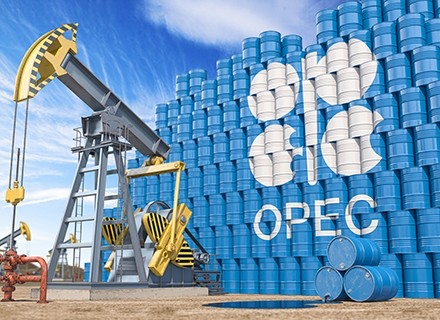According to a Reuters survey, Nigeria and Iran boosted their oil production in September, leading to a second consecutive monthly increase in OPEC’s output. The rise comes despite the ongoing supply cuts by Saudi Arabia and other members of the OPEC+ alliance to support the market.
Based on shipping data, official sources, and consultants, the survey found that the Organization of the Petroleum Exporting Countries (OPEC) pumped 27.73 million barrels per day (bpd) last month, up by 120,000 bpd from August. Production in August had risen for the first time since February.
The largest increase came from Nigeria, which has been struggling with crude theft and insecurity in its oil-producing region. The country increased its output by 110,000 bpd to 1.52 million bpd, the highest level since January 2020. Nigeria also saw a significant export boost in September without any major disruption to shipments.
The second-largest increase came from Iran, the survey found, which pushed output to 2.5 million bpd, the highest level since 2018. Iran has been ramping up supply despite U.S. sanctions that have crippled its oil exports. The country has been selling more oil to China and other Asian buyers and storing oil on tankers.
On the other hand, Saudi Arabia and other Gulf members maintained strong compliance with agreed cutbacks and extra voluntary reductions. Top exporter Saudi Arabia kept August and September output close to 9 million bpd, as the country extended a voluntary 1 million bpd output cut to provide extra support for the market.
OPEC’s output is still undershooting the targeted amount by about 700,000 bpd, mainly because Nigeria and Angola lack the capacity to pump as much as their agreed level. Angola showed the largest decline in the group of 50,000 bpd due to a drop in exports.
OPEC and its allies, known as OPEC+, agreed in July to ease their supply cuts by 400,000 bpd each month from August until their current pact ends in December 2022. However, they also decided to cancel a planned meeting in September and hold their next gathering on November 4.
The group faces a delicate balance between supporting oil prices amid rising demand and preventing a supply glut that could hurt its revenues. Oil prices have surged above $90 a barrel this week, the highest level since 2014, amid tight supplies and strong demand recovery from the pandemic.
Some analysts expect OPEC+ to stick to its current plan of gradual output increases, while others see a possibility of a faster or larger easing of the cuts if oil prices remain high.
OPEC’s latest Monthly Oil Market Report (MOMR) showed that the group expects global oil demand to grow by 5.95 million bpd this year and by 4.15 million bpd next year, reaching pre-pandemic levels by the second half of 2022.
The report also said that OPEC’s crude oil production increased by 151,000 bpd in August to an average of 26.76 million bpd, according to secondary sources.
OPEC’s share of global oil supply is expected to rise from 27% this year to 28% next year as the group regains some of the market share it lost during the pandemic.
Source: BusinessDay



